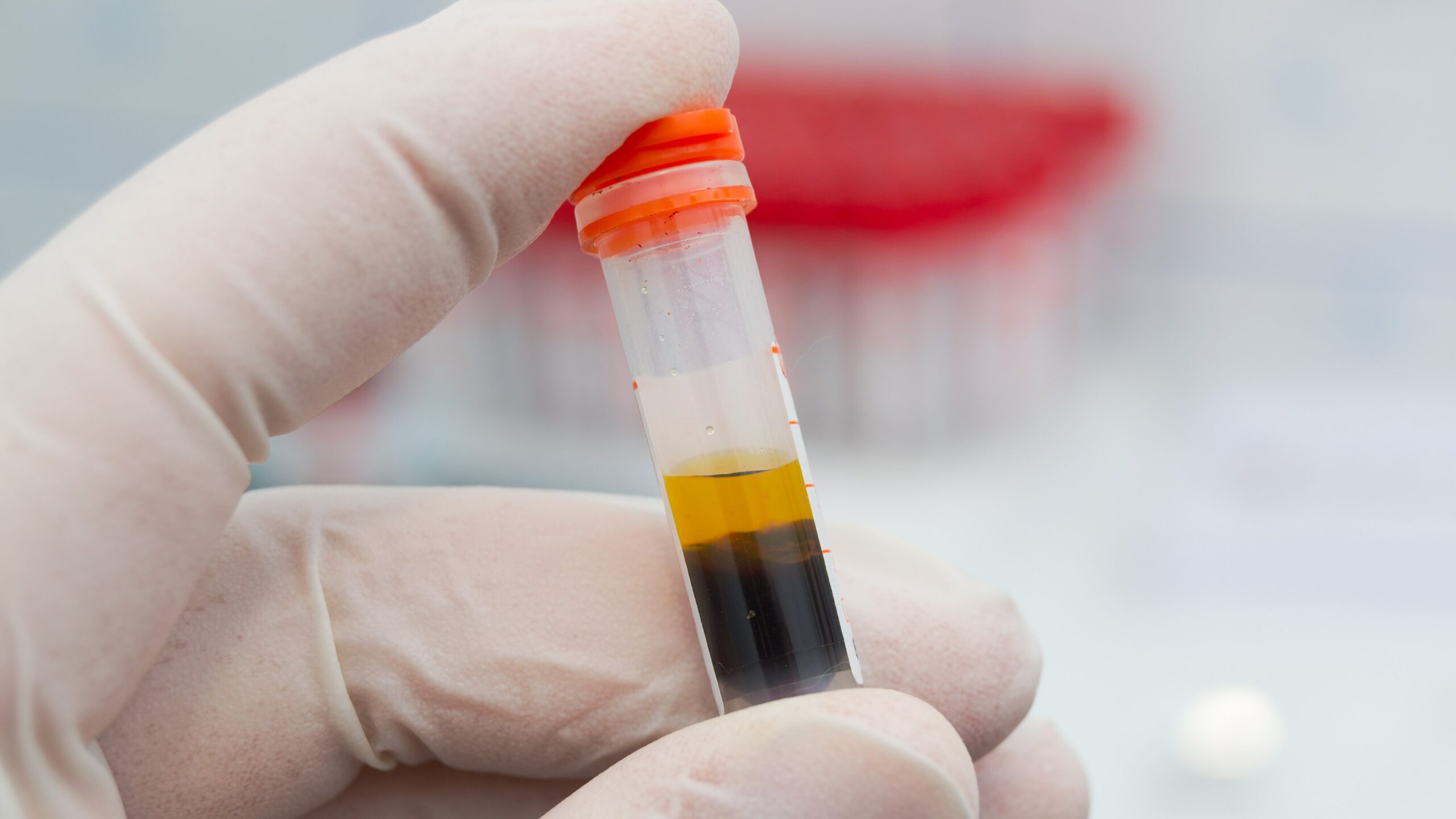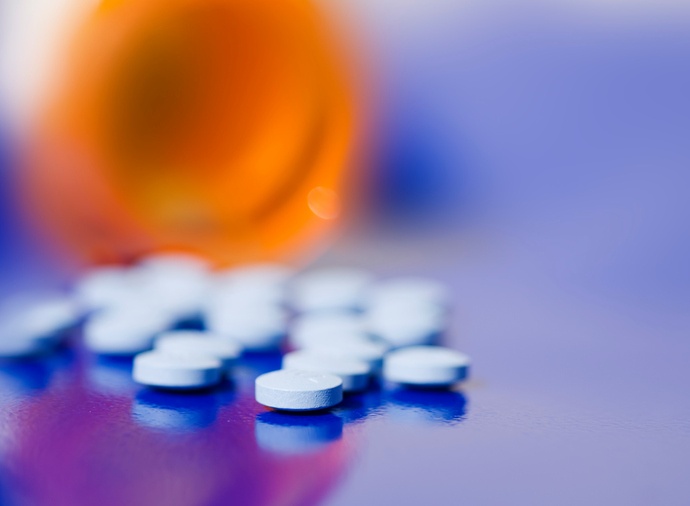
A prospective study of 260 patients with gout found that the risk of gout flares induced by initiating urate-lowering therapy (ULT) was associated with higher baseline serum urate levels as well as greater decrease in serum urate during ULT. The research was published in the Journal of Inflammation Research.
“Higher baseline serum urate or higher initial urate-lowering medication dose increased risk of gout flares during ULT initiation. The decrease in serum urate may play a crucial role in this process,” the investigators wrote. “Therefore, we aim to explore the relationship between decrease in serum urate and the risk of gout flares during ULT initiation.”
Investigators followed a cohort of male gout patients over a 12-week period. Participants were grouped based on their baseline serum urate levels: 7-7.9 mg/dL, 8-8.9 mg/dL, and ≥9 mg/dL. All patients received febuxostat, starting at 20 mg daily during weeks 0-4 and then escalating to 40 mg daily during weeks 4-12 if their serum urate remained above 6 mg/dL. The main outcomes of the study were the number of gout flares and the reduction in serum urate levels.
The study found that 44.2% of all participants experienced at least 1 gout flare during the 12-week observation period.
Following multivariate Poisson regression, the investigators found that the decrease in serum urate levels over the zero- to 12-week period was significantly associated with an increased risk of gout flares (incident rate ratio [IRR], 1.184; 95% CI, 1.062-1.320; P=.002). This indicates that a greater reduction in serum urate during the early weeks of ULT was linked to a higher likelihood of gout flares. Other factors independently associated with gout flares included the number of gout flares experienced in the year prior to treatment initiation and the presence of tophi.
However, following a second regression analysis, when baseline serum urate levels were included as a variable, the association between the decrease in serum urate levels and gout flares was no longer statistically significant (IRR, 1.055; 95% CI, 0.923-1.207; P=.433). Instead, the baseline serum urate level and the number of gout flares experienced in the year before treatment remained independently associated with gout flares.
For patients with gout, the authors recommended that “they follow the prescribed ULT regimen, monitor their serum urate levels regularly, and carry anti-inflammatory prophylaxis medication in pocket when starting ULT.”







 © 2025 Mashup Media, LLC, a Formedics Property. All Rights Reserved.
© 2025 Mashup Media, LLC, a Formedics Property. All Rights Reserved.